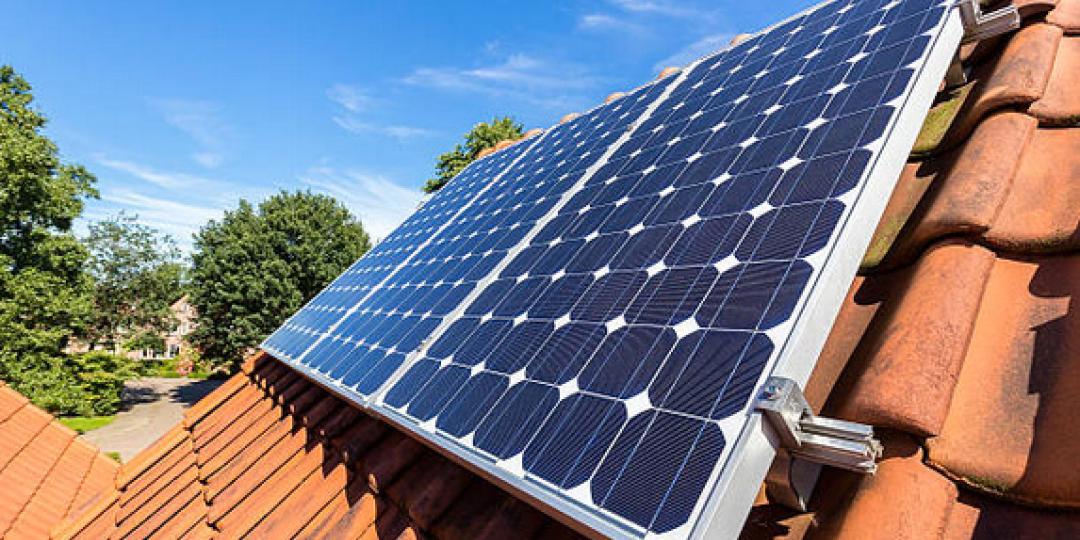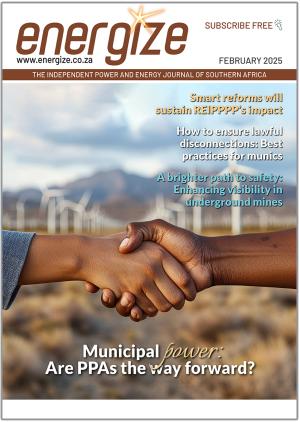Consumers who receive electricity directly from Eskom have been paying 15% more for electricity as from April. This coincided with one of the highest fuel increases in recent years and is expected to drive increased food prices.

Already cash strapped, South Africans also face further tariff hikes as of July when municipal increases come into effect. As the country is likely to continue experiencing load shedding for the next five years, many might be considering the switch to solar as a way of being shielded from future tariff increases and an unreliable power supply.
“Affordability however is not the main and only aspect to be considered. To ensure safe and legal installations, home or small business owners should follow specific guidelines before committing to and installing a PV system,” says Niveshen Govender, chief operating officer of the South African Solar Photovoltaic Industry (SAPVIA).
Decide on the type of rooftop PV system to install
The most common way to differentiate a solar rooftop installation is via the connection to the electrical load/grid.
- Grid-tied / connected with reverse power blocking: The property is connected to the national grid but blocks any excess electricity generated by the PV system from feeding back onto the grid.
- Grid-tied / connected: Electricity generated can be used at the property and any surplus can be directed back into the grid. In some cases, this feedback is compensated for.
- Off-grid / standalone: Off-grid PV systems usually have batteries and a charge controller. The PV system generates electricity for use onsite and operates completely independently of the national grid.
Before installing your system
If you wish to install a grid-tied system you will need to register and request approval from your distribution authority. Most municipalities that allow this have the necessary documentation on their website.
Select an accredited service provider to ensure safe and legal installations
Verify if your service provider has adequate experience in PV installations and is a member of the South African Photovoltaic Industry Association (SAPVIA), Electrical Contractors Association (ECASA) or the Engineering Council of South Africa (ECSA) where required. The SAPVIA PV GreenCard is a quality mechanism promoting the safety of solar PV installations.
Prior to being certified and registered on the PV GreenCard database, PV installers undergo specialised training and assessments, an assurance that they are familiar and compliant with all the relevant national standards and municipal regulations. On completion of installation, a certified PV GreenCard installer will issue the client a document detailing all the specification of the PV system as well as a checklist that all the required installation steps were completed to the required standard.
During installation
- Manage the health and safety of the contractor on site.
- Ensure that component (solar PV modules, inverters, mounting systems, suitable DC circuit breakers etc.) specification and warrantees documents are in place and explained.
- Remember: A grid-tied system can only be connected once the municipal authority grants permission in writing.
Post installation
- Request an original Electrical Certificate of Compliance and Quality Assurance Certificates: this is to safeguard against any damage or casualties and any guarantees. A Quality Assurance certificate such as a PV GreenCard includes important information on the equipment used and technical details of the installation.
- Check for roof leaks: Monitor your roof to make sure no roof leaks has occurred as a result of the installation.
- Warrantees and manuals: Ensure that you obtain all warrantees, guarantees and operations and maintenance manuals.
Not happy with your installation?
If you are not satisfied with the installation, you can request an inspection from an authorised inspection authority (AIA) registered with the Department of Labour, the ECASA ombudsman or an independent consultant.
Contact Niveshen Govender,SAPVIA, Tel 011 553-7264, niveshen@sapvia.co.za















